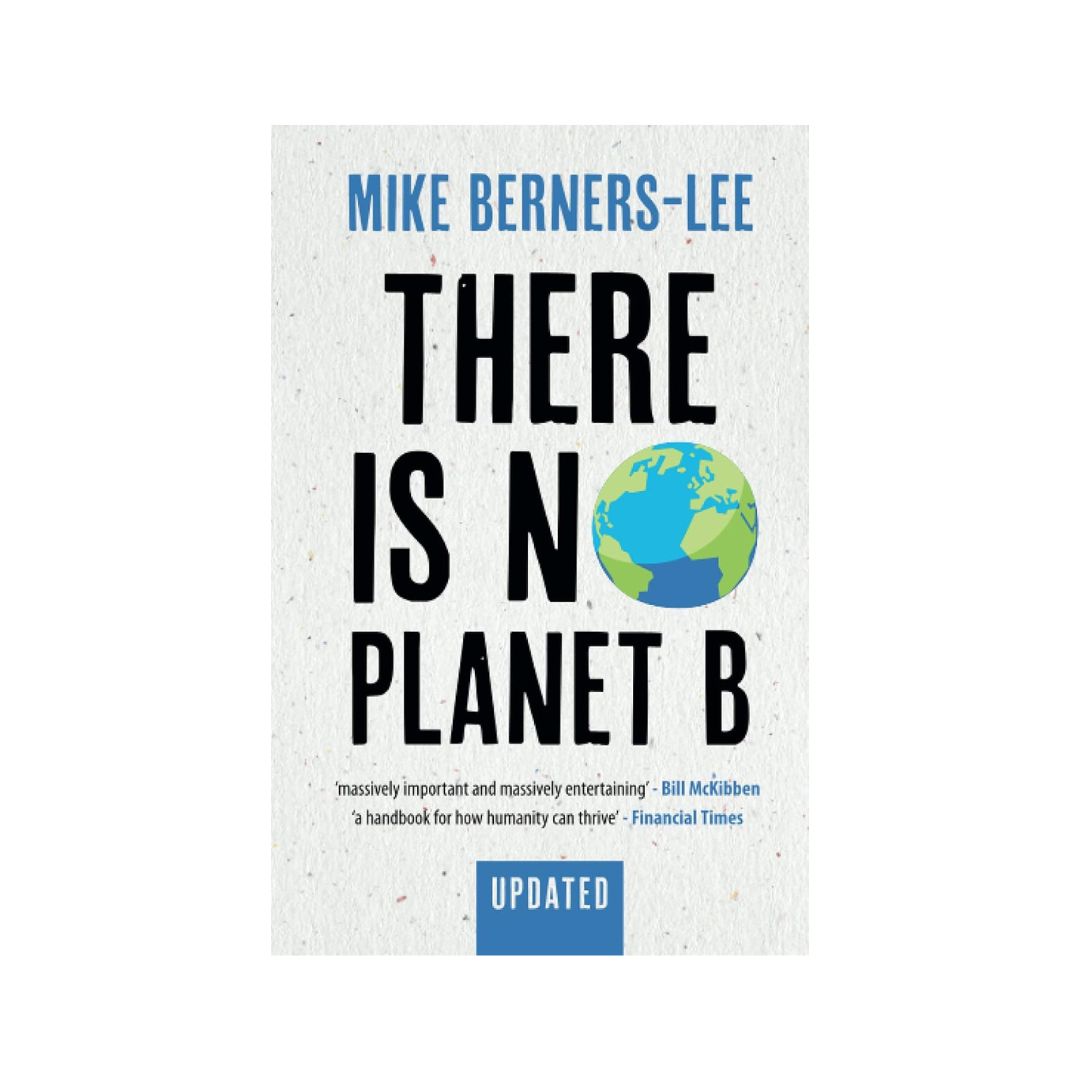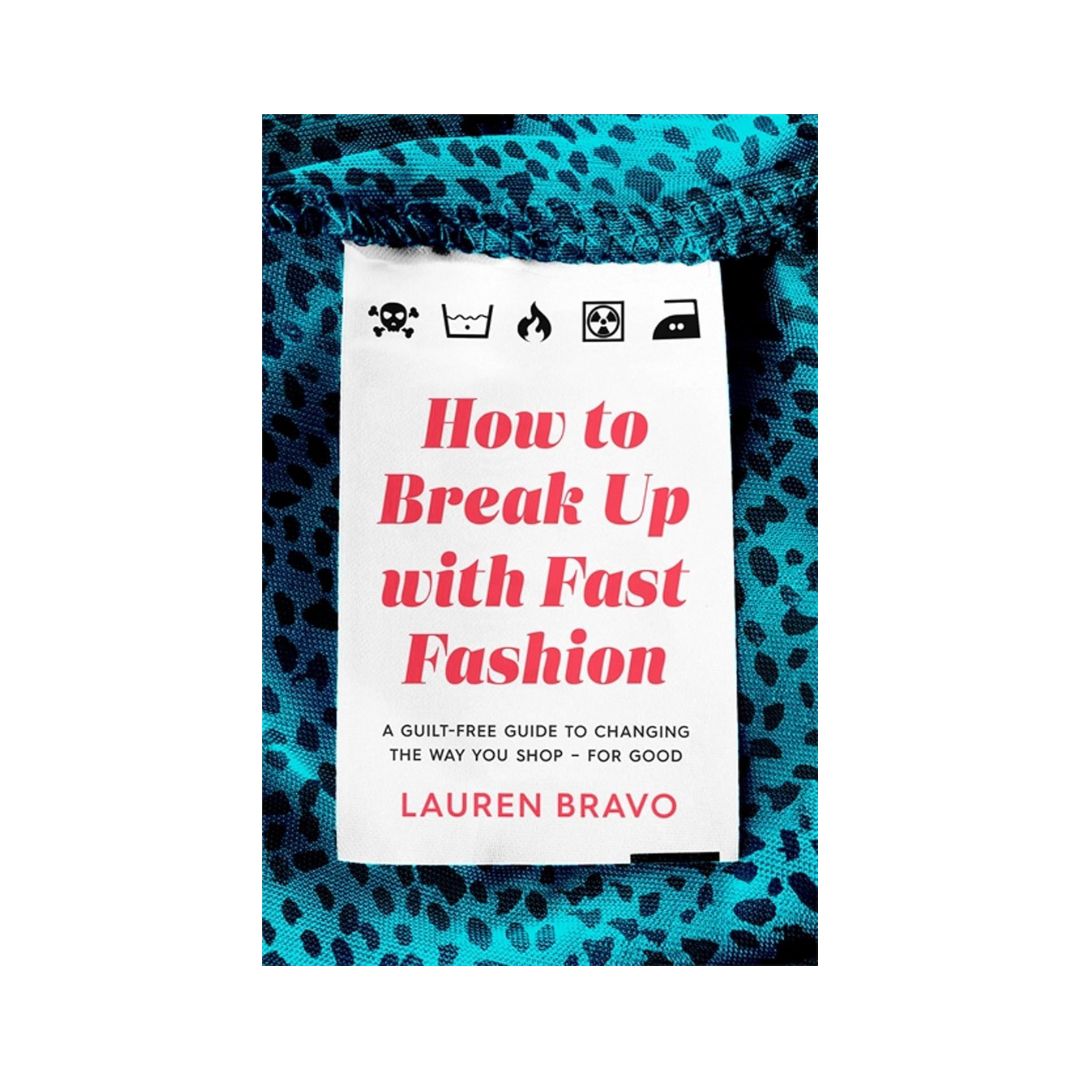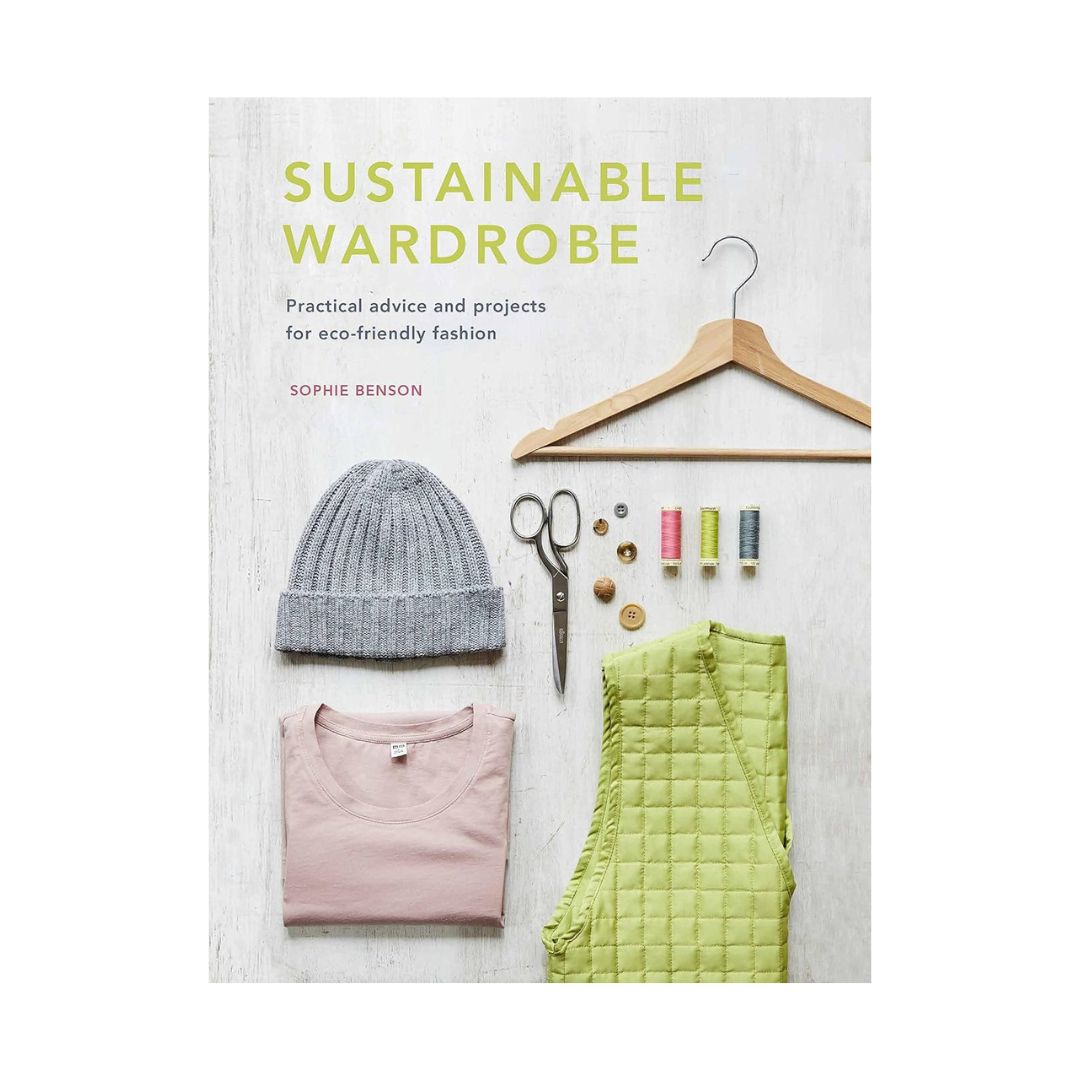
April marks Earth Month, an entire month dedicated to celebrating the planet, reflecting on our own relationships with the earth we live on, and making steps towards changing our lifestyles to lower our carbon footprint - which is where this guide to greenwashing comes in.
Heard the sustainability buzzword and not sure what the term - which is bandied around the eco-sphere almost as often as plastic-free, zero-waste and, well, Greta Thunberg - actually means? You're far from alone. One Good Housekeeping Institute poll found that more than 85% of readers didn't know the meaning.
Greenwashing, by definition, is meant to be subtle and deceptive, pulling the wool over your eyes when it comes to best eco-friendly practices. Below, we've asked top experts to explain what greenwashing is, when it first started happening, and why it’s so harmful, plus the easiest way to identify a person or brand doing it.
Why is this important now? Well, as more and more celebrities do collaborations with fast fashion brands (we're looking at you, Kourtney Kardashian and Boohoo) and global warming gets worse, it's imperative that we all look at how we live and assess our actions. While sustainable living can feel overwhelming to start with, it really can be as simple as shopping with brands that aren't greenwashing and are genuinely doing their bit for both people and the planet. In short: choose the brands that are doing good, not the brands that are doing their best to look like they're doing good.
Keen to read about how you can differentiate between the two? Keep scrolling, and don't miss our guides to sustainable living, how to calculate (and reduce) your carbon footprint, and intersectional environmentalism, while you're here.
This Earth Month: your expert-led guide to greenwashing
What is greenwashing?
According to the Oxford English Dictionary, greenwashing is the "activities by a company or an organisation that are intended to make people think that it is concerned about the environment, even if its real business actually harms the environment." A common form of greenwash, they share, is to "publicly claim a commitment to the environment while quietly lobbying to avoid regulation."
Essentially it's a marketing spin or ploy by a business or person to make you believe they're invested in eco-friendly, ethical practices when the reality is quite the opposite.
Celebrity news, beauty, fashion advice, and fascinating features, delivered straight to your inbox!
According to Ben Mead, managing director for Hohenstein, a founding member of OEKO-TEX, it's simply the practice of falsely promoting an organisation’s environmental efforts. "Generally, the hallmarks of greenwashing include vague or unsubstantiated claims that give the organisation a false image of caring for the environment," he explains.
When did the term greenwashing come to be?
It's fairly new, beginning to be used widely in the early 90's post the Rio de Janeiro Earth Summit in 1992.
It was first recognised as an official term by the Oxford Dictionary in 1999, where it was defined as "disinformation disseminated by an organisation so as to present an environmentally responsible public image."
But, as Damian Soong, CEO and co-founder of B-Corp Form Nutrition highlights, the first use of the term seems to be in Jay Westerveld’s 1986 essay. "In the paper, he claimed the little cards you see in hotels encouraging you to reuse the towels are falsely promoted as an environmental strategy. In reality, it was designed to save work and costs," he explains.
Are there any famous examples of greenwashing?
"Probably the largest and most prominent example is the Volkswagen emissions scandal," shares Soong. In 2015, their cars were sold with a software modification in the Diesel engines which detected when they were being tested and changed the engine performance accordingly to improve environmental test results.
"Volkswagen admitted cheating emissions tests and had to recall and rectify over eleven million cars," explains Soong. "The scandal went on to encompass other carmakers including BMW and Mercedes-Benz."
Why is greenwashing harmful?
Well, aside from the obvious, greenwashing misleads and deceives you as a consumer. "It could lead you into thinking you're supporting products and brands that align with your own eco-friendly values when really, they don't," explains Mead.
In some countries, he points out, greenwashing is not only unethical but illegal. Things are moving forward in the UK, slowly but surely, with new anti-greenwashing laws coming into place. Both the EU Green Claims Directive and the UK’s Green Claims Code were designed to set out rules for businesses and further protect consumers. The Financial Conduct Authority introducing a new anti-greenwashing rule which will come into effect from May. That said, according to the Law Society, there is currently no legal definition of greenwashing in the UK, meaning often brands aren't held accountable.
Why is this all so important? Well, the knock-on effect of this deceit goes much deeper, shares Soong. "Ultimately, it means consumer attention, support and cash get diverted away from products and solutions with real credentials that make an impact on some of the world's biggest issues," he shares.
A post shared by Caroline 🌷 (@envirolineblog)
A photo posted by on
How to spot a person or brand greenwashing
It’s not always easy, Soong emphasises, but these six tips could help, next time you're not sure.
1. Look behind the buzzwords
You're looking for actual evidence that backs up any claims that a business is "sustainable" or "eco." "Sadly, these terms are not controlled, so anyone can use them," Soong explains.
Top tip: Look for stamps of approval from organisations such as B Corporation, or certifications such as Fair Trade or Cradle to Grave. There are many more making it easy for you to spot a legitimately eco-friendly business from a not-so-legit. B Corp brands are vetted for a minimum of six months before certification, with some assessment processes taking years.
2. Do your research
May sound hard, actually isn't if a brand is genuinely doing their bit to be eco-friendly. "Do your research and look for authenticity," Soong advises. "Ask yourself, did that plant based brand used to be dairy or meat brand? Maybe they had an epiphany, but more often than not it’s a sign of opportunism, rather than values," he shares.
Top tip: It never does any harm to ask a brand, if you're not sure on their eco credentials, shares designer Barbeline of Barbeline London, an eco-friendly brand known largely for their reusable wallpaper. "Just talk to whoever's promoting eco-friendly products: more often than not, if they're truly doing their bit, they'll be more than happy to tell you about it," she shares.
3. Use your common sense
Again, this one's an obvious one, but it's important. "Do you really think shipping water from Fiji could be sustainable?" asks Soong. "Or that "sustainable" fashion brand - where is it choosing to retail?"
Top tip: Often the answers are right in front of us. Trust your gut.
A post shared by EARTHDAY.ORG 🌎 (@earthdaynetwork)
A photo posted by on
4. Rely on the right resources
There are a whole load of handy sites, books and social pages out there to help you on your eco journey. Soong recommends checking out the B Corporation Directory, and reading the following books.
5. Make sure claims are verified by a third party
Without third-party independent research, testing and certification, environmental claims are without credence, points out Mead. "Today, some of the biggest offenders include adjectives and messaging like 'sustainably made', 'clean', 'non-toxic,' and 'all natural'. They do not have universally accepted and clearly defined terms or standards," he explains.
Top tip: Check the website or label to see if a trusted third-party organisation has verified the brand’s claims. "Try to think about sustainability from a holistic perspective. Look for labels that cover the full spectrum of factors that go into being environmentally friendly," recommends Mead. That includes:
- Testing for harmful substances
- Environmentally friendly production
- Safe and socially responsible working conditions.
6. Make the investment
And, finally, know that sometimes, to shop with brands that don't greenwash, you do need to invest a little more. "If a product is cheap, it's probably because it includes an element that’s been shipped halfway around the world," shares Rob of COAT paint.
"That footprint isn't acceptable anymore. We have to understand that buying sustainable products and taking the sustainable approach is unfortunately still more expensive" he explains. "Be wary of buying super cheap," he recommends. "Be curious and don't be afraid to ask the manufacturer any questions."

Ally is Marie Claire UK's Senior Health and Sustainability Editor, a well-regarded wellness expert, ten-time marathoner, and Boston Qualifying runner.
Utilising her impressive skillset and exceptional quality of writing, she pens investigative, review and first-person pieces that consistently demonstrate flair and originality.
As well as writing, Ally manages a team of freelancers, oversees all commissioning and strategy for her pillars, and spearheads the brand's annual Women in Sport covers, interviewing and shooting the likes of Mary Earps, Millie Bright, and Ilona Maher. Shortlisted for three BSMEs and winning one in 2022, Ally lives and breathes her verticals: her eye for a story and connections within the wellness sphere are unrivalled. Follow Ally on Instagram for more.



